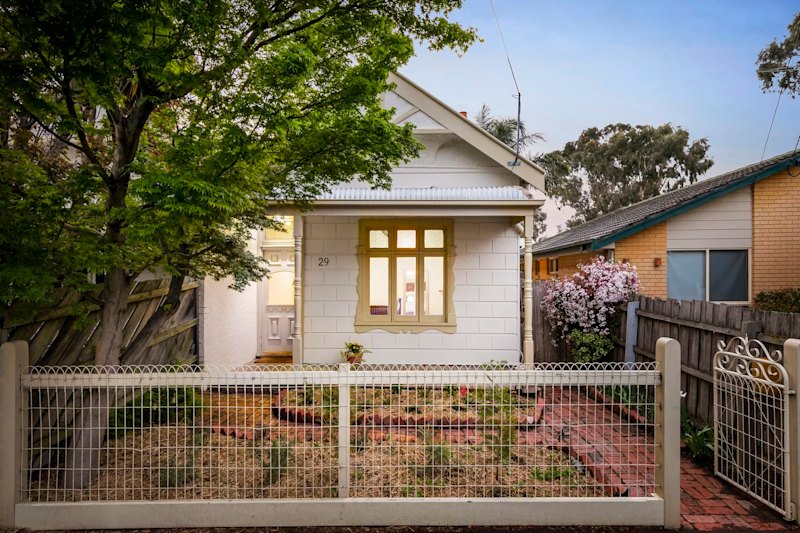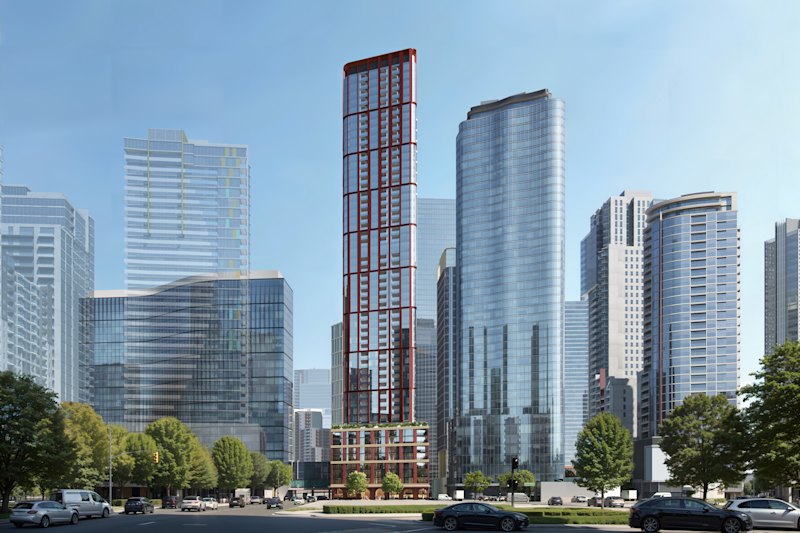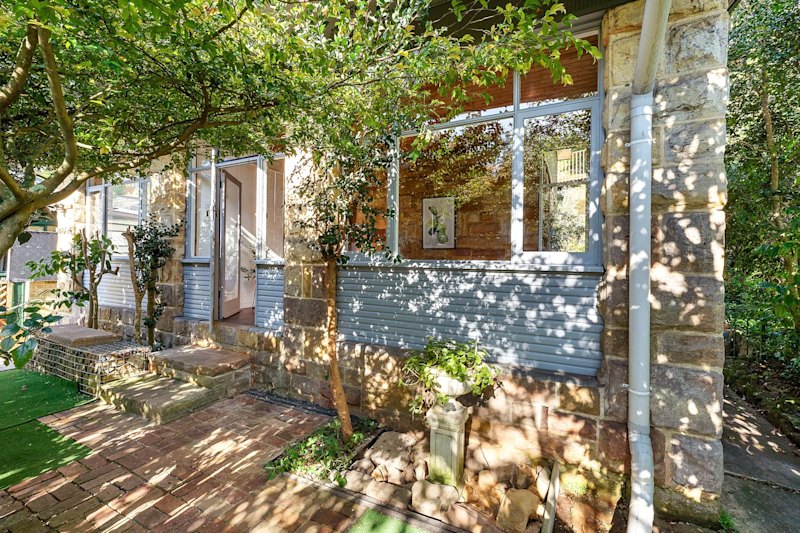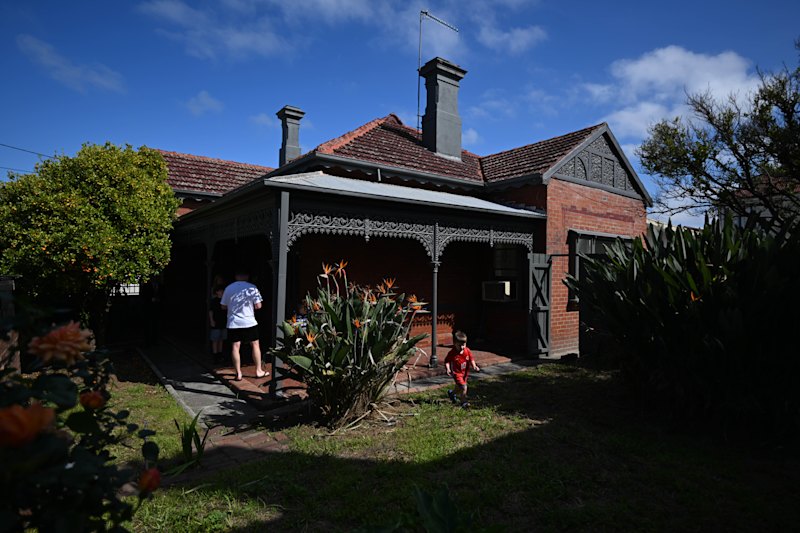Sydney 'falling behind' highrise apartment development
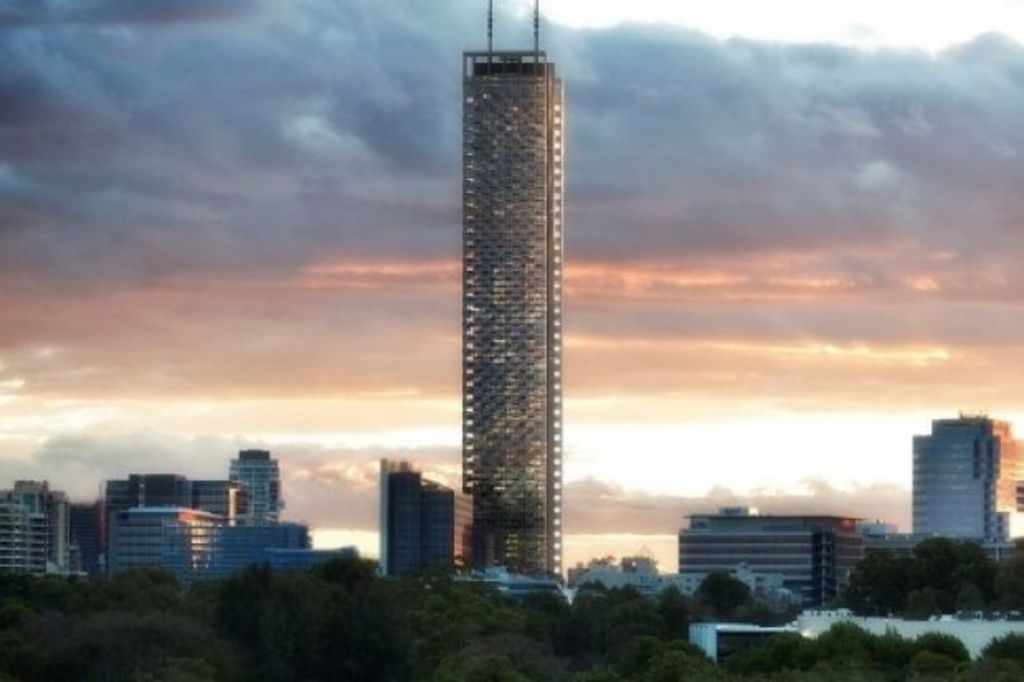
Sydney has been through an apartment building boom, but its tallest towers are still overshadowed by three other Australian cities, data compiled by a developer lobby group shows.
All of the 10 tallest buildings in the country are in Melbourne, Brisbane or the Gold Coast.
And when the next round of approved towers comes to completion, just one in Sydney, the 300-metre Aspire Tower in Parramatta, will make the top 10 list, shows data from the Council for Tall Buildings and Urban Habitat compiled by the Urban Taskforce.
This is a concern for the future development of Sydney, which requires an increase in density and height to house a surging population, Urban Taskforce chief executive Chris Johnson said.
When the population was two to three million, a low-rise “horizontal” approach could work, he said. But as the population approaches five million, with the geographical restraints of the harbour and parklands, the city “must grow vertically”.
“We’re falling
behind what is happening in the world and it’s a worry,” Mr Johnson said.
“If they can make it happen in Melbourne and the Gold Coast, you should be able to make this work in Sydney.”
 Australia Tall Buildings. Image from Bates Smart
Australia Tall Buildings. Image from Bates Smart
The City of Sydney recently revealed plans to increase building heights in some pockets from 235 metres to 310 metres, but this would largely be for commercial buildings.
The strategy identifies the encroachment of apartments on traditionally prime office space as posing “a direct risk to the Australian economy” and looks for a rebalancing of this mix.
Without more residential towers up to 300 metres that could be slimmer than commercial towers, Sydney faces a population living in urban sprawl areas and “increased congestion as a result,” Mr Johnson said.
But there is another way to create enough housing for Sydney’s growing population rather than 100-storey towers, University of NSW City Built Futures director Bill Randolph said.
“[The discussion is] usually tower blocks in the city or mcmansions on the fringe. There’s a growing debate about the missing middle,” Dr Randolph said.
“What about the terraces and townhouses? Rezone these [middle] areas, do it carefully, appropriately, in a variegated way and slowly densify otherwise low density areas,” he said.
Questions of who would buy, live in and rent apartments in highly dense tower blocks, whether areas could sustain such dense populations, the quality of buildings and the techniques to eventually demolish them should be asked, he said.
There’s also the risk that if Sydney is over-densified, people “will vote with their feet and won’t want to live there anymore,” he said.
“There are alternative visions for Australia than 100 storey towers than that’s it and we need to debate them,” he said.
There has been strong apartment development and detached house building in some parts of Sydney, including middle ring suburbs, latest government data shows.
But the data shows a rolling annual count up to the end of April 2016 of 27,208 housing completions – 6000 below the expected completions of 33,200 a year to match a 20-year projection of 664,000 new dwellings.
Most of the apartment development was in Sydney, Parramatta, Ryde and Rockdale, while house building was strong in Blacktown, Camden and Liverpool.
And Parramatta has a threat of oversupply with elevated vacancy rates, SQM Research managing director Louis Christopher said.
Parramatta’s vacancy rate is 2.6 per cent, which is “above the Sydney-wide average” and up from 1 per cent in 2011 with 208 vacant homes.
“There is a chance there will be pockets of oversupply in Sydney after a needed building boom … but, on the flipside, the population in Sydney is growing 85,000 to 90,000 each year,” Mr Christopher said.
“Underlying demand remains strong and it’s the reason we haven’t seen a mass oversupply and fall in rents alike to [that seen in] Brisbane.”
By June 2017, some forecasters are predicting every capital city will face an oversupply of apartments, except Sydney. And a high level of home building is the NSW state government’s plan for housing affordability.
Sydney CBD has not had as significant a surge in vacancy rate despite the development, but Blacktown’s vacancy rate has doubled to 1.6 per cent since 2010. In “absolute terms” it’s still a landlord’s market, he says.
New development in Blacktown has made the area more desirable and has attracted buyers paying a premium, Starr Partners Blacktown director Daniel Formosa said.
“[We’ve] seen new developments bring more people into the Blacktown area, and we are definitely seeing new investors and first home buyers attracted by the new homes and highrise apartments,” he said.
We recommend
States
Capital Cities
Capital Cities - Rentals
Popular Areas
Allhomes
More
